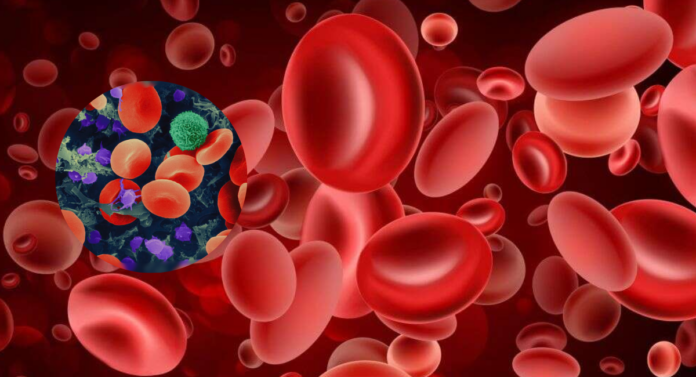A new human blood group is found that solves a 50-year-old medical case. In 1972, doctors discovered a mysterious molecule on the surface of red cells in a pregnant woman’s blood group. And now, after so many years, UK and Israeli researchers described this mysterious molecule as a new blood system.
In 2024, these researchers published a paper on their discovery in Blood, according to UK National Health Services hematologist Louise Tilley, it represents a huge achievement and a constant, long-term effort to finally establish this new blood group system and be able to offer the best care to rare but more important patients after 20 years of personal research.
We all know the ABO blood system and the Rh factor, but the human body may have many blood group systems based on a wide variety of blood proteins and sugar-coated cells in blood cells. These major blood groups were first identified in the early 20th century, and many have been identified since then. For instance, the ER blood group was first identified by researchers in 2022 in a small number of people.
Moreover, according to previous researchers, more than 99.9 percent of people have the AnWj antigen that never existed in 1972 patients’ blood. These antigens live on myelin and lymphocyte protein, called the MAL blood group.
When someone has an adapted version of both copies of their MAL genes, they generate an AnWj-negative blood type, like the pregnant patient. Tilly and the team discovered three patients with the rare blood type that did not have mutations. MAL is a very small protein with interesting properties which made it difficult to be identified and meant we needed to pursue multiple lines of investigation to accumulate the proof we needed to establish this blood group system” explained UK cell biologist Tim Satchwell.
After decades of work to discover they had identified the correct gene, the researchers inserted the normal MAL gene into AnWj negative which efficiently delivered the AnWj anigen to blood cells. These proteins playa vital role in stabilizing cell membranes and help in cell transport. What more interesting is these antigen is not present in newborn baby blood cells, but develops after birth.
All the patients include in this study have the same mutation and even no other cell’s abnormalities and disease were founded in their blood cell. Now they discovered the genetic makers in MAL mutation, patients are now tested to see if negative MAL blood type is inherited or due to suppression. It could be another medical problem for researchers. Because these rare blood can have disastrous effects on patients that’s why the more we understand them the more we save them.


